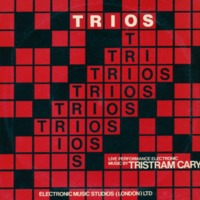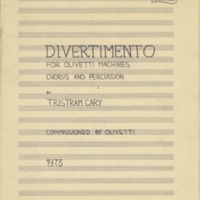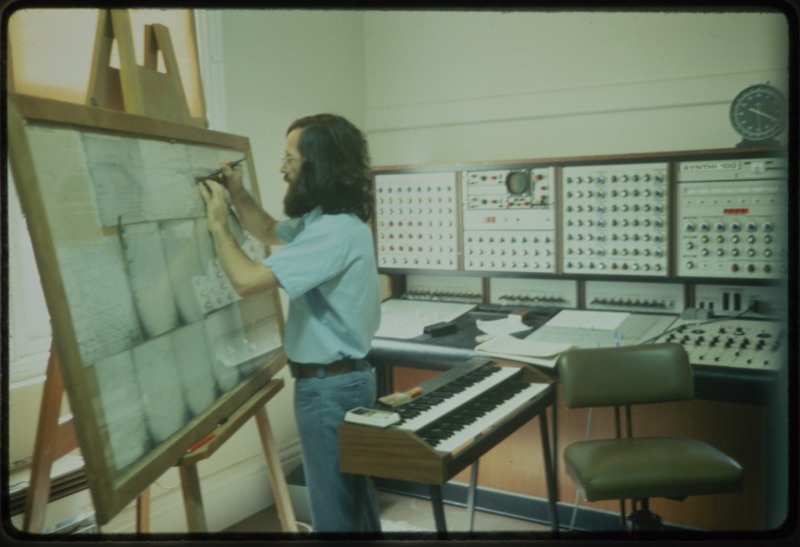Tristram Cary, electronic innovator
Tristram Cary (1925-2008) is a key figure in both the development of EMS, and the progress of electronic music in Australia. Son of author Joyce Cary, Tristram Cary was born in England, and grew up with a strong interest in music. His experience as a Radar Officer in the Royal Navy in World War II equipped him with the skills to explore the music-making capacity of electronics. Cary designed and built his own electronic music studio, one of the first in England, and was Co-Founder and Director of EMS. He organized and participated in the first ever concert in London of electronic music by British composers in 1968, and contributed to the formation of the British Society for Electronic Music.
At his private studio in a renovated farm house in Fressingfield, Suffolk, UK, he was an acknowledged master of electronic composition, inventing and adapting classical electronic studio techniques. He composed incidental music for the TV series Dr Who from 1963, which was realised in Cary’s studio on his analogue electronic equipment, and later in the BBC Radiophonic Workshop by his friend and fellow electronic trailblazer, Delia Derbyshire. Cary was a freelance composer at the Radiophonic Workshop and built voltage controlled filters and ring modulators that were used to create the Dalek sound.
Synthesizers: Sound of the Future includes four early pieces of electronic equipment created and used by Tristram Cary in his studio. Cary's Transient Waveform Modifier, Voltage Controlled Oscillator, Custom Mixer Panel, and Matrix Patch Panel are on loan to the Grainger Museum for the period of the exhibition from the Museum of Applied Arts and Sciences, Sydney.
Setting up the Synthi 100
In 1973, Cary was invited to the University of Melbourne to take up a role as Senior Lecturer at the Conservatorium of Music. One important role was to assist in the set-up of the EMS Synthi 100 in the Grainger Museum, as EMS had not yet written the Operations Manual for the instrument. Cary worked with Keith Humble and Jim Sosnin to get the instrument working. It became the centrepiece of the Grainger Electronic Studio. Composers who used the Synthi 100 during its time in the Grainger included Keith Humble, Felix Werder, Ian Bonighton and, after 1974, Peter Tahourdin.
In 1976, ABC Television made a documentary about Grainger’s Free Music experiments, interviewing Burnett Cross, who was visiting the Grainger Museum in order to restore Percy Grainger’s Kangaroo Pouch Tone Tool in 1976. To give viewers of the documentary an aural understanding of Grainger’s Free Music 1, University of Melbourne technician, Les Craythorn, took on the challenge of realising Grainger’s graphic score on the EMS Synthi 100 synthesizer. The cross-over from Grainger’s graphic score to electronic sound was extremely complex, and Craythorn worked 16 hours a day, for three days, to make the realisation. Craythorn made a sync track on the 8-track tape recorder (2,400 steps), and used the tape sync to control the sequencer. Syncing and DATA entry was very accurate but very tedious. Craythorn said of this experience: “I was experimenting with the [Synthi 100’s] extensive sonic capabilities, microtonal tuning and seamless glissandos that you hear demonstrated in Percy Grainger’s Free Music.”
Craythorn’s realisation of Free Music 1 was played to an engrossed audience on 23 March 1976, at the 1976 Percy Grainger Lecture. The ABC screened the segment on the Weekend Magazine programme on 13 June, 1976.
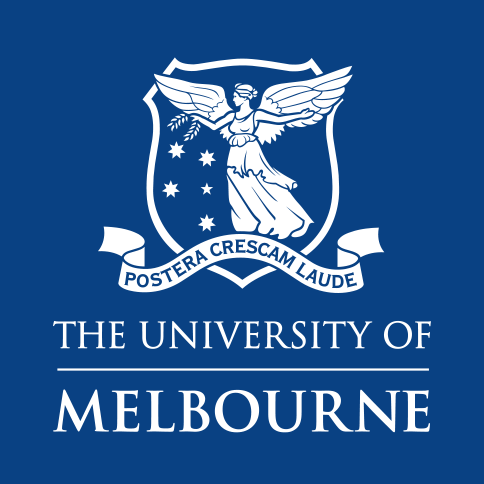
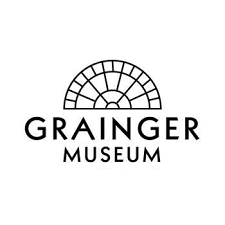
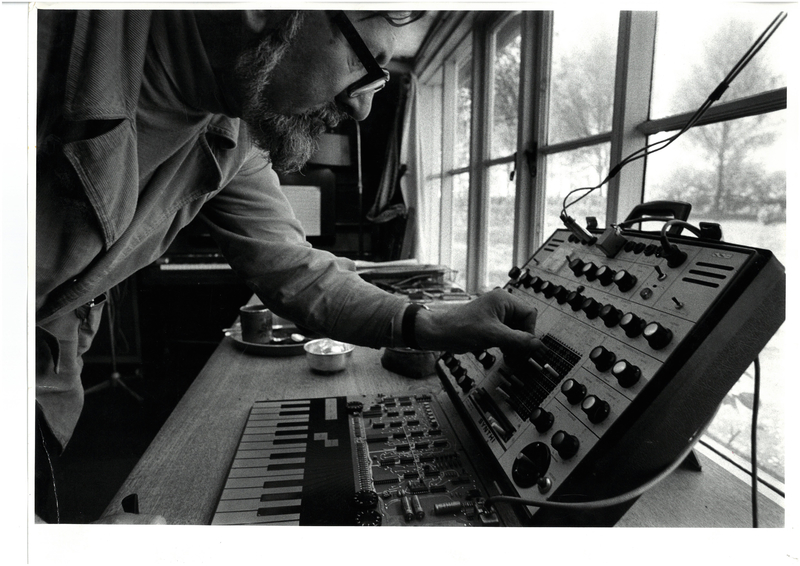
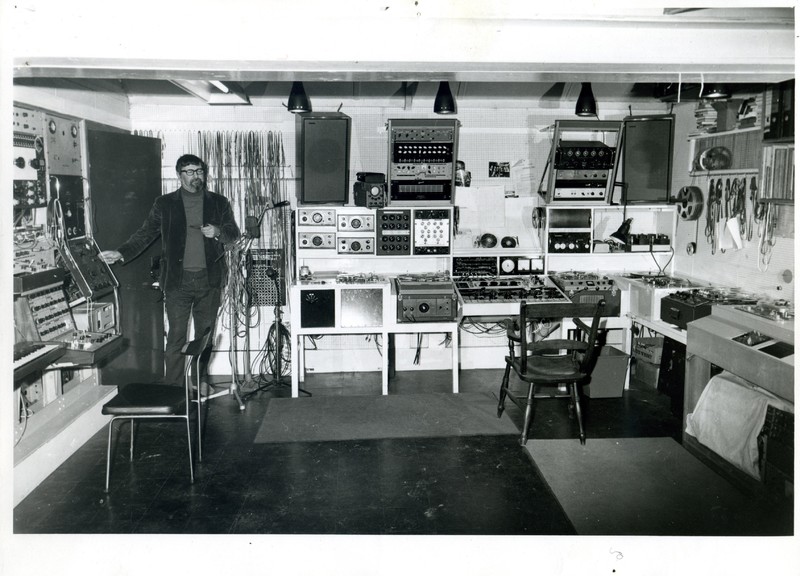
![[Untitled] [Untitled]](https://omeka.cloud.unimelb.edu.au/grainger/files/square_thumbnails/6ca3a2fcaf97930e7f54304d84e228ba.jpg)
